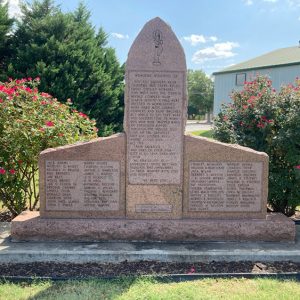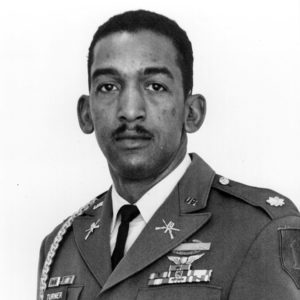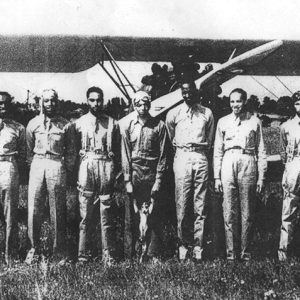 Titan II Memorial
Titan II Memorial
Entry Category: Military Science - Starting with T
 Titan II Memorial
Titan II Memorial
Titan II Missile Accident (1965)
Titan II Missile Explosion (1980)
Titan II Missiles
 Titan II Section
Titan II Section
 Titan II Tour
Titan II Tour
Totten, James
 Troop Train
Troop Train
Troop Train No. 571 Wreck of 1918
aka: Garland Troop Train Accident of 1918
Tulip, Skirmish at
 Fred Turner
Fred Turner
Turner, Frederick Cornelius Jr.
 Tuskegee Airmen
Tuskegee Airmen




